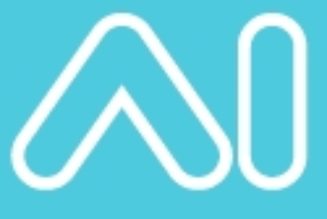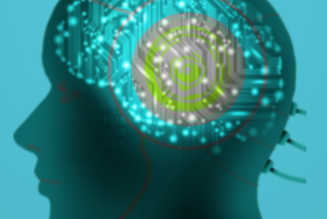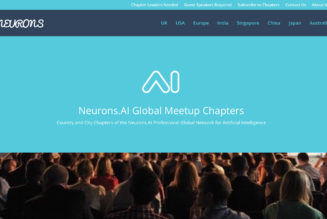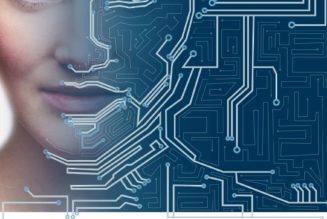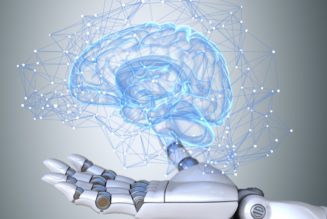Our healthcare system is already digital. Patient records have been electronic for decades now. When technology for the electronic recording of patient records was developed, it was a development that was already highly necessary.
For too long, hastily scribbled handwritten notes had been the only record of patients’ medical histories that existed. Digital records promised a new era, in which a more organised, streamlined healthcare system could emerge. Alas, the new technology simply created new problems. Doctors, always run off their feet, were liable to copy paste data and type notes that were almost as illegible as their infamous handwriting.
To counter the mess, systems were updated to try and simplify the note-taking process. Rather than leaving doctors free to input notes at random, it was reasoned that simply ticking boxes would make things quicker and easier to analyse. The result has still not solved the issue. Doctors now spend nearly half their time ticking boxes.
What the NHS needs is the streamlined approach that has long been dreamed of. These electronic records, whilst far from optimal, offer the potential for gathering strong, quantitative data that would have vastly beneficial applications across the healthcare sector.
We need electronic notes that go back years to have the capacity to be mined for key risk factors, or for other historical elements necessary to identify correlations and causations automatically. Such a development would remove the necessity to constrain searches to structured data fields (such as prescription lists).
We need data analytics capable of reviewing a patient’s clinical notes and suggesting medication based on a ‘patients like this responded best to drug A, rather than drug B’, in a kind of Amazon-style recommendation format. We could really do with analytics capable of predicting certain outcomes. If we had access to all of this, patient health could be vastly improved, processes could be optimised and clarified, and the NHS could save a lot of money.
These are solutions that experts working in the field of NLP in healthcare are creating.
Natural language processing offers the opportunity for us to effectively quantify case notes in a way that far exceeds the levels of accuracy of any other strategy the healthcare system has seen before. The sheer volume of patient records in existence means that untangling the data and turning it into useful and insightful information would be a costly and time-consuming business (to say the least!). If, however, computer scientists are able to develop natural language processing to a point at which an AI could process the data automatically, we will be in a strong position to make all these dreams a reality.
History has taught us that doctors prefer taking written case notes as opposed to using the automated functionality of the systems they are expected to use at present. Using artificial intelligence to ‘read’ these qualitative notes and transform them into quantitative data will allow doctors to carry on working in the way that they are most comfortable, whilst simultaneously providing the crucial data the healthcare system needs.
That’s not to say that the qualitative nature of doctors’ case notes aren’t a challenge for NLP researchers. It is the biggest struggle currently facing the effective realisation of the technology for practical use.
So what ways could this data be used?
- Unlimited Data Samples: The data samples available are not limited by resource constraints and literally work from real-world data rather than trials and tests.
- Retrospective Analysis: Quantified records can be worked through from the start, informing what treatments or other interventions would be most suitable.
- Broad Outcome Measures: Factors not currently analysed, such as psycho-social factors and Quality of Life can be measured, contributing to a holistic view of patient condition and care.
- Single Automated Data Entry: No manual coding; no human intervention required.
- Independent Background Process: Analysis would be an ongoing background process separate to clinical workflow.
- Direct Measures of Clinical Quality: Direct measures of clinical quality rather than metrics based on activity data.
- Undistorted Clinical Process: An alternative to activity-based KPIs and targets. Thus, less distortion of clinical process to meet targets.
- Improved Efficiency: Greater clinical efficiency and a reduction in unnecessary interventions.
- Improved Clinical Decision-Making: Decision-making can be informed by the data to reduce rates of readmission, length of hospital stays, and so on.
One of the greatest problems facing the NHS is the factors taken into account by commissioners and trusts. Much to the irritation of those working at ground level in the hospitals and surgeries, the data that measures the quality of a hospital or other healthcare facility is often skewed. Rather than assessing exactly what takes place during a consultation, emphasis is placed on waiting times, length of stay, and readmission. Without context, this information is of little value – and yet, it is this information that decides how a healthcare establishment should be rated. It is these factors that contribute to negative public perception of the National Health Service, a perception that is largely driven by political motivations.
By using Natural Language Processing to provide clearer, more accurate data that is then automatically analysed to provide objective fact, there is no way out. The healthcare system can be assessed on a level, fair playing field, and budgeting and remedial measures can be enacted accordingly.
The NHS is already in dire straits. It is unquestionable that something needs to give. Experts are working frantically to mature NLP technology to offer a viable solution. The question, however, is whether it will be ready before the entire system is dismembered.
Published in Members Blogs


